Aging Horses By Their Teeth By View – Straight On
Note the following:
- In the straight on view, most horses have a “relaxed space” where the teeth are not clenched tightly together. This is like you right now with the incisors apart.
- In the straight on view, note the white areas versus the stained areas. This indicates where the tongue has been able to reach and clean.
This is a long process if you are going through the whole set. The idea is to notice all the differences and variability seen within each age. As the age becomes greater, notice the increased variability. Also note that in some horses, the left and right sides are different yielding a different age. This is caused by the horse’s tongue movement, jaw movement or both.
2 year olds – all incisors are deciduous but one image here shows the upper and lower central incisors (1/201 and 3/401) are permanent already.
3 year olds – upper and lower central incisors (1/2/3/401’s) are permanent.
4 year olds – The middle incisors (1/2/3/402’s) are now permanent.
5 year olds – “Full mouth at 5.”
6 year olds – Incisors in this view don’t change much until the late teens. Note the relaxed space seen in most straight on views and over time, some angles move away from level and some upper and lower arcades don’t align perfectly.
7 year olds – Incisors in this view don’t change much until the late teens. Note the relaxed space seen in most straight on views and over time, some angles move away from level and some upper and lower arcades don’t align perfectly.
8 year olds – Incisors in this view don’t change much until the late teens. Note the relaxed space seen in most straight on views and over time, some angles move away from level and some upper and lower arcades don’t align perfectly. NOTE the one horse with an unusual 201 upper central incisor. Surgery removed a deformed retained deciduous tooth and the permanent tooth is normal today. ALSO NOTE the one horse where the table surface is level but the gum line slants.
9 year olds – Incisors in this view don’t change much until the late teens. Note the relaxed space seen in most straight on views and over time, some angles move away from level and some upper and lower arcades don’t align perfectly.
10 year olds – Incisors in this view don’t change much until the late teens. Note the relaxed space seen in most straight on views and over time, some angles move away from level and some upper and lower arcades don’t align perfectly. NOTE one horse is missing the upper central incisors (1/201) with slight over eruption of the opposing lower incisors. ALSO NOTE 2 horse have damaged upper central incisors.
11 year olds – Incisors in this view don’t change much until the late teens. Note the relaxed space seen in most straight on views and over time, some angles move away from level and some upper and lower arcades don’t align perfectly.
12 year olds – Incisors in this view don’t change much until the late teens. Note the relaxed space seen in most straight on views and over time, some angles move away from level and some upper and lower arcades don’t align perfectly.
13 year olds – Incisors in this view don’t change much until the late teens. Note the relaxed space seen in most straight on views and over time, some angles move away from level and some upper and lower arcades don’t align perfectly. NOTE the 1 horse with a severe incisor angle making aging difficult. ALSO NOTE there are subtle signs of EOTRH starting (incisor tarter, hypertrophy of the gum line, receding gums).
14 year olds – Incisors in this view don’t change much until the late teens. Note the relaxed space seen in most straight on views and over time, some angles move away from level and some upper and lower arcades don’t align perfectly. NOTE there are subtle signs of EOTRH starting (incisor tarter, hypertrophy of the gum line, receeding gums).
15 year olds – Incisors in this view don’t change much until the late teens. Note the relaxed space seen in most straight on views and over time, some angles move away from level and some upper and lower arcades don’t align perfectly. NOTE there are subtle signs of EOTRH starting (hypertrophy of the gum line, receeding gums). ALSO NOTE the parrot mouth on the 1 horse where the upper incisors have not been worn down level with the other incisors.
16 year olds – Incisors in this view don’t change much until the late teens. Note the relaxed space seen in most straight on views and over time, some angles move away from level and some upper and lower arcades don’t align perfectly. NOTE there are subtle signs of EOTRH starting (incisor tarter, hypertrophy of the gum line, receeding gums, grass not being cleaned).
17 year olds – Incisors in this view don’t change much until the late teens. Note the relaxed space seen in most straight on views and over time, some angles move away from level and some upper and lower arcades don’t align perfectly. NOTE there are subtle signs of EOTRH starting (incisor tarter, hypertrophy of the gum line, receeding gums).
18 year olds – Incisors in this view don’t change much until the late teens. Note the relaxed space seen in most straight on views and over time, some angles move away from level and some upper and lower arcades don’t align perfectly. NOTE there are subtle signs of EOTRH starting (incisor tarter, hypertrophy of the gum line, receeding gums). 1 horse is showing advanced EOTRH with bulbous enlargement of the underlying incisive bone, spreading of the incisors and the formation of a deep groove between the roots of the incisors.
19 year olds – Incisors in this view don’t change much until the late teens. Note the relaxed space seen in most straight on views and over time, some angles move away from level and some upper and lower arcades don’t align perfectly. NOTE there are subtle signs of EOTRH starting (incisor tarter, hypertrophy of the gum line, receeding gums).
20 year olds – Uneven wear is more prevalent. Moderate signs of EOTRH is more common (receeding gums, incisor tarter, inability to clean the labial surfaces, spreading of the incisors and groove formation of the gums between the roots). NOTE the damage from cribbing on the upper incisors of 1 horse.
21 year olds – the variations between horses is increasing with age. Uneven wear is more prevalent. Moderate signs of EOTRH is more common (receeding gums, incisor tarter, inability to clean the labial surfaces, spreading of the incisors and groove formation of the gums between the roots).
22 year olds – the variations between horses is increasing with age. Uneven wear is more prevalent. Moderate signs of EOTRH is more common (receeding gums, incisor tarter, inability to clean the labial surfaces, spreading of the incisors and groove formation of the gums between the roots).
23 year olds – the variations between horses is increasing with age. Uneven wear is more prevalent. Moderate signs of EOTRH is more common (receeding gums, incisor tarter, inability to clean the labial surfaces, spreading of the incisors and groove formation of the gums between the roots). NOTE 1 horse has advanced EOTRH
24 year olds – the variations between horses is increasing with age. Uneven wear is more prevalent. Moderate signs of EOTRH is more common (receeding gums, incisor tarter, inability to clean the labial surfaces, spreading of the incisors and groove formation of the gums between the roots).
25 year olds – the variations between horses is increasing with age. Uneven wear is more prevalent. Moderate signs of EOTRH is more common (receeding gums, incisor tarter, inability to clean the labial surfaces, spreading of the incisors and groove formation of the gums between the roots).
26 year olds – the variations between horses is increasing with age. Uneven wear is more prevalent. Moderate signs of EOTRH is more common (receeding gums, incisor tarter, inability to clean the labial surfaces, spreading of the incisors and groove formation of the gums between the roots).
27 year olds – the variations between horses is increasing with age. Uneven wear is more prevalent. Moderate signs of EOTRH is more common (receeding gums, incisor tarter, inability to clean the labial surfaces, spreading of the incisors and groove formation of the gums between the roots, tooth root exposure).
28 year olds – the variations between horses is increasing with age. Uneven wear is more prevalent. Moderate signs of EOTRH is more common (receeding gums, incisor tarter, inability to clean the labial surfaces, spreading of the incisors and groove formation of the gums between the roots).
29 and 30+ year olds – the variations between horses is increasing with age. Uneven wear is more prevalent. Moderate signs of EOTRH is more common (receeding gums, incisor tarter, inability to clean the labial surfaces, spreading of the incisors and groove formation of the gums between the roots).



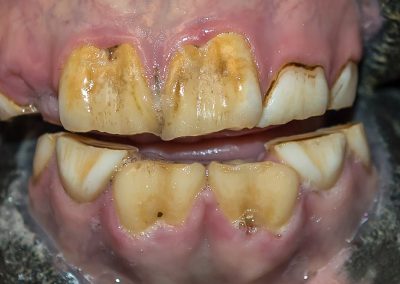
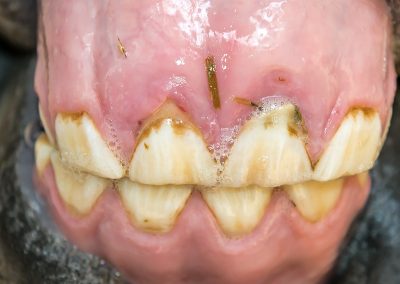


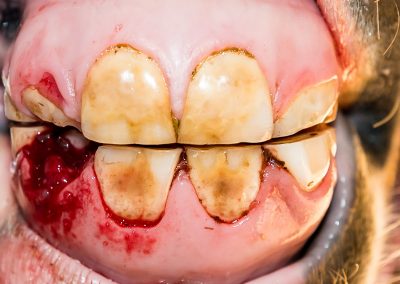


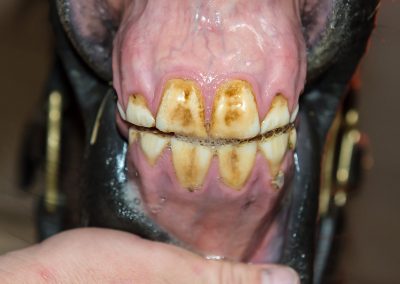


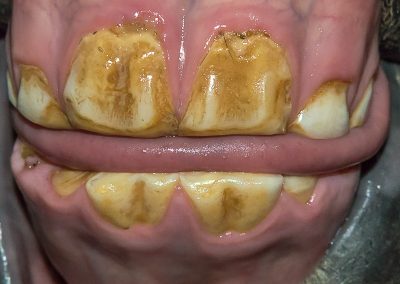
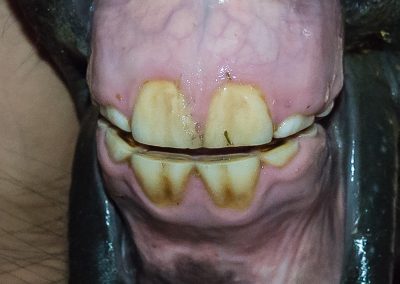
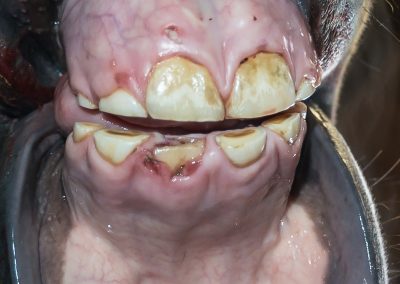





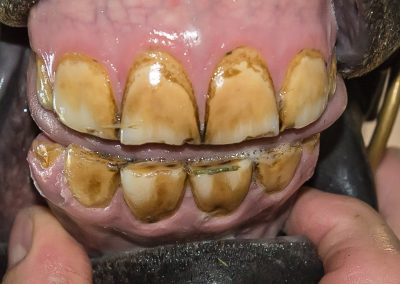


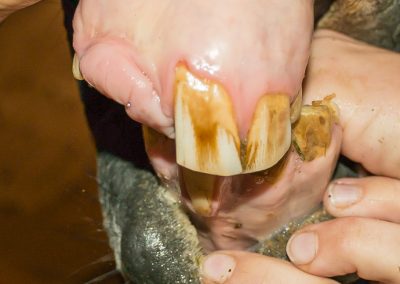
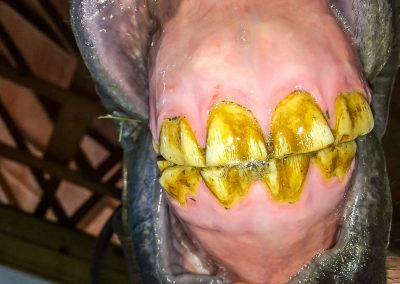



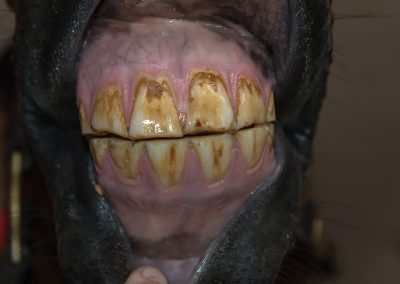
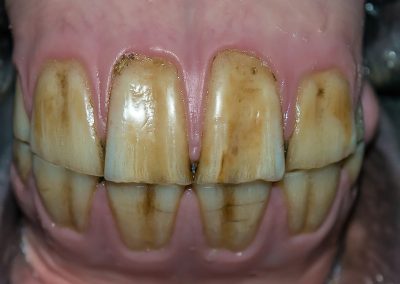




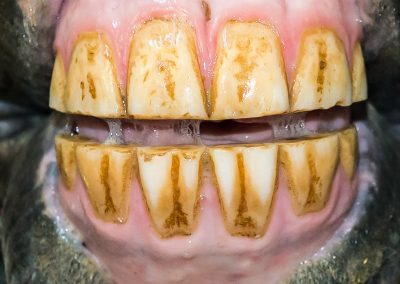
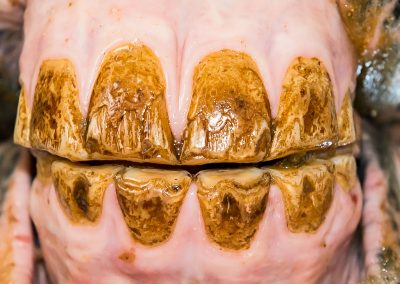
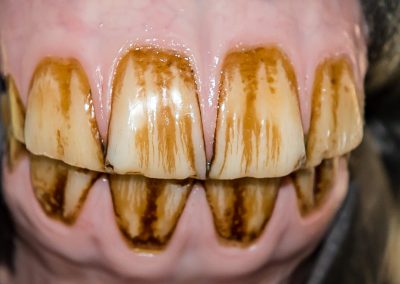
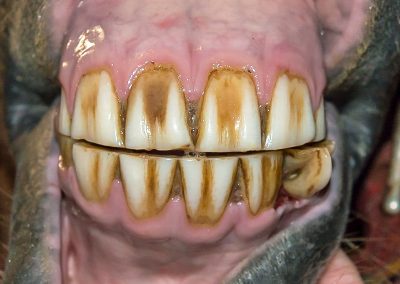

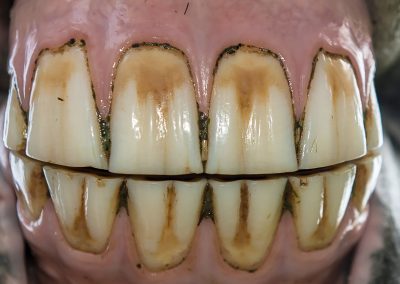
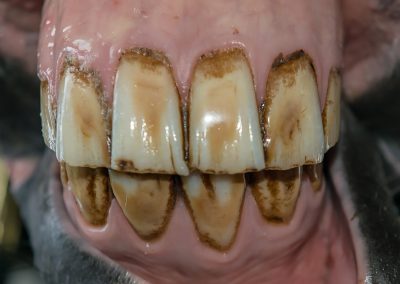
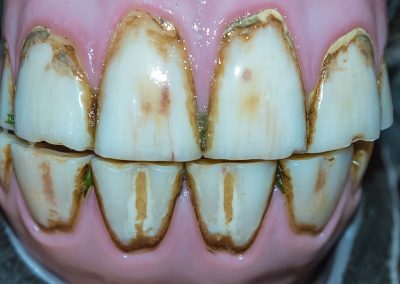

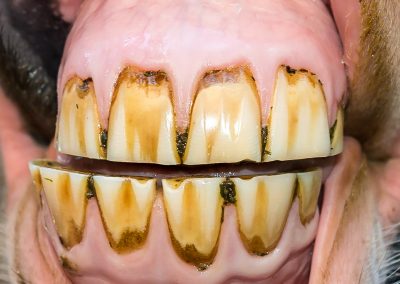
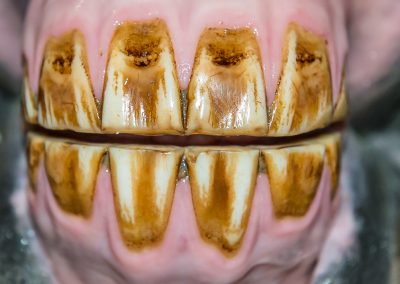




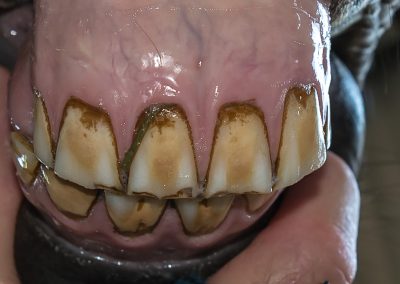
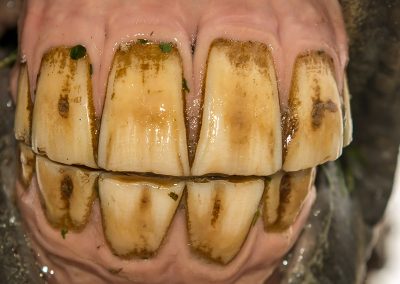
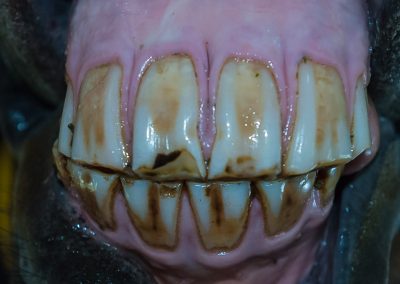
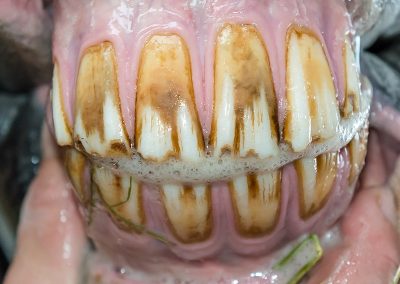
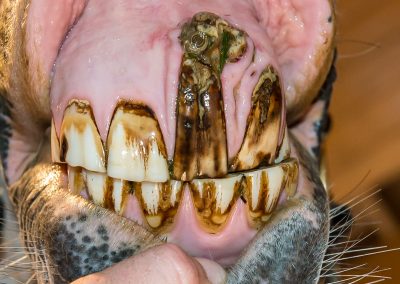
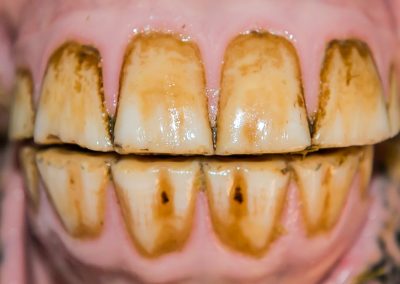
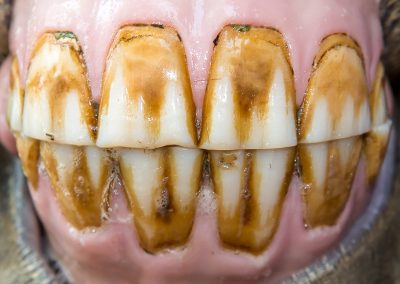


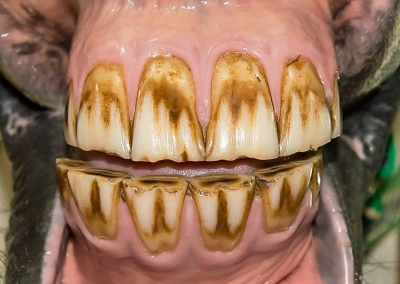
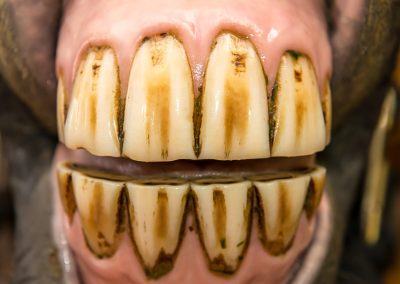
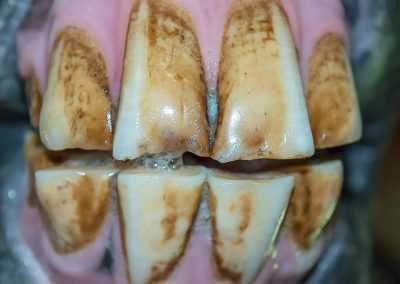
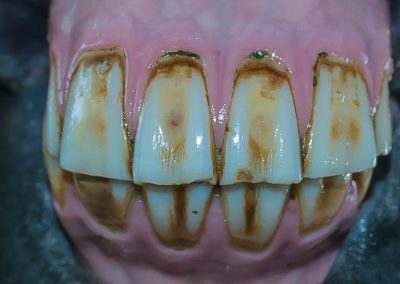
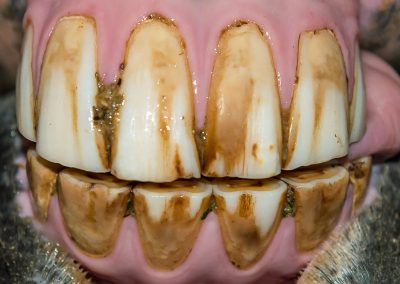
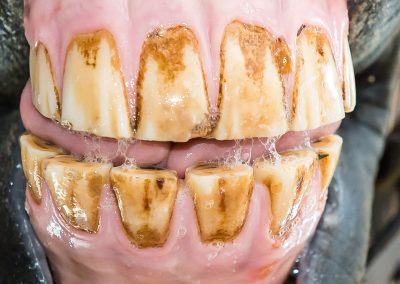
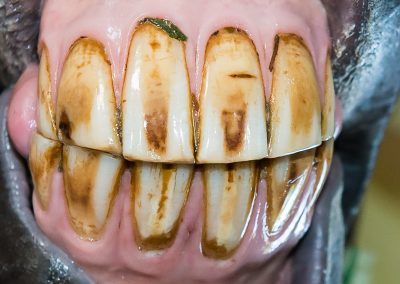
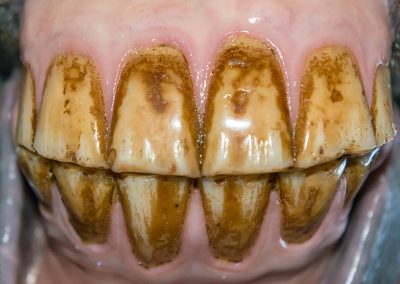
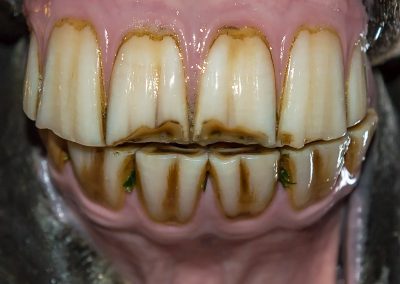
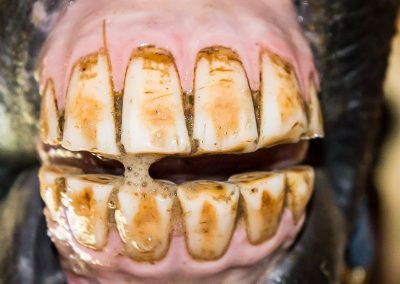
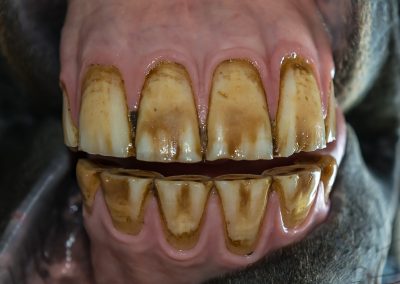
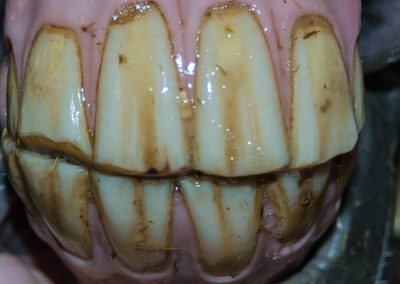
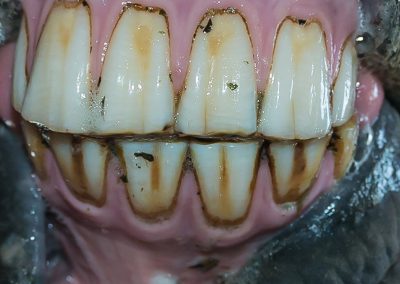

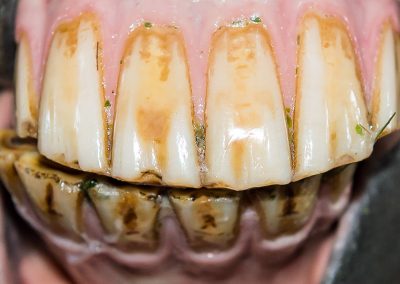

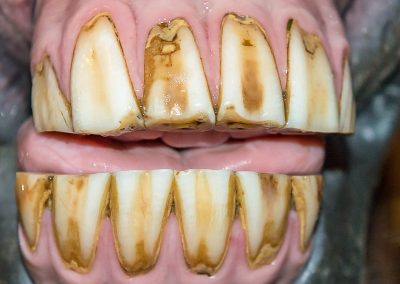
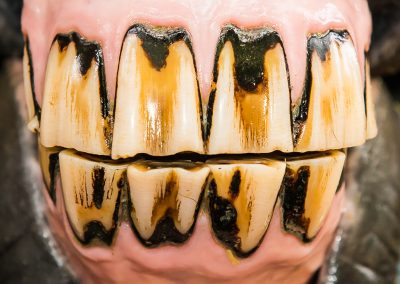
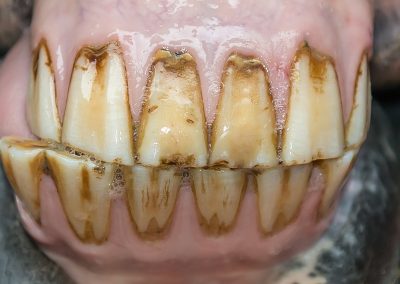
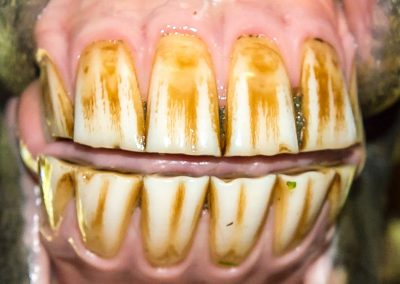
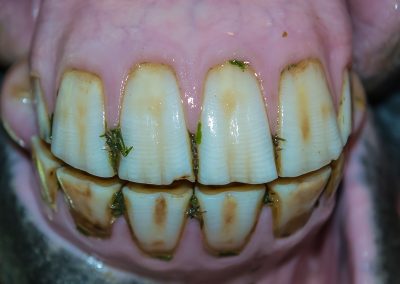
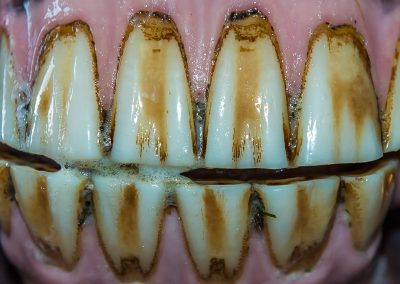
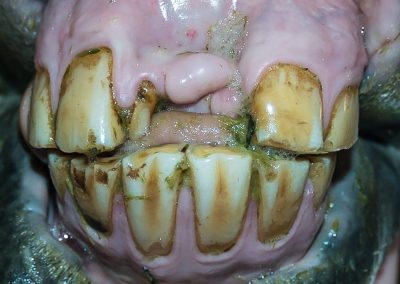
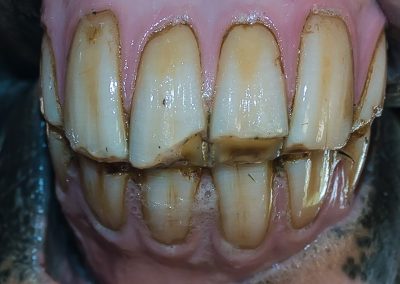
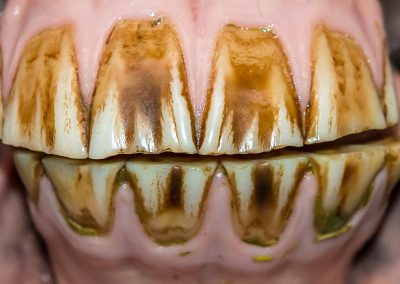
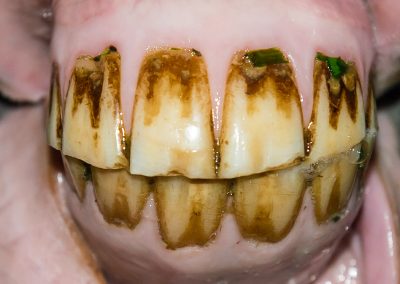
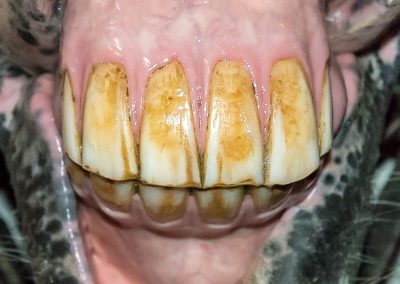
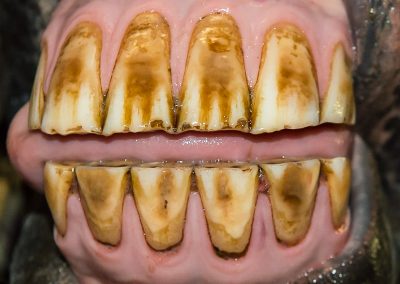
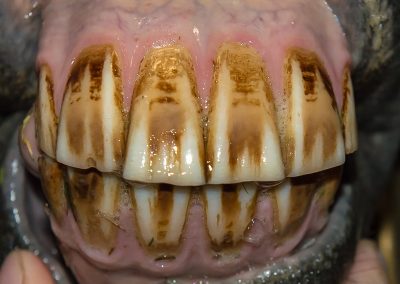

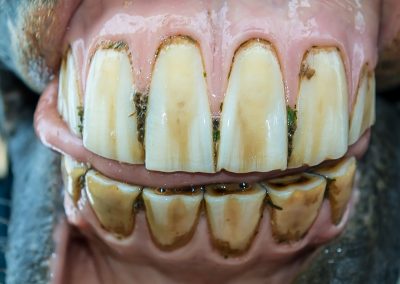
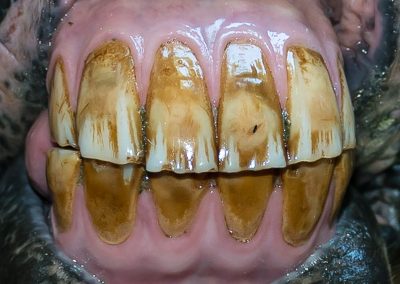
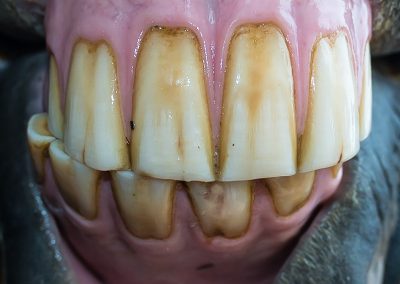
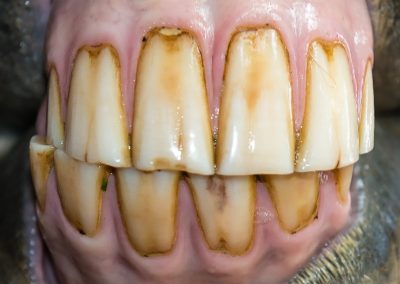
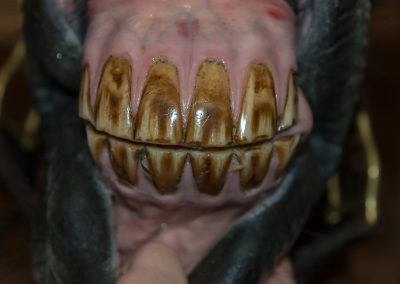
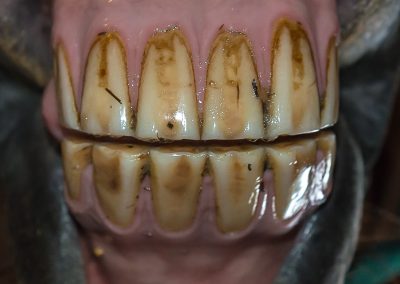
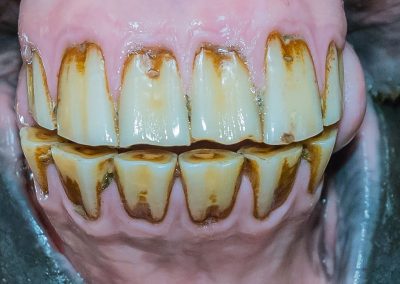


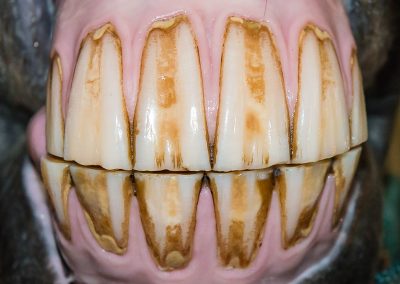
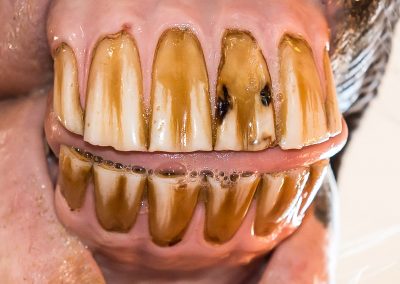
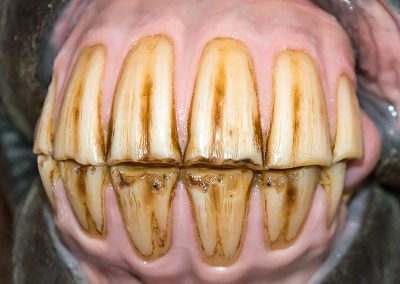
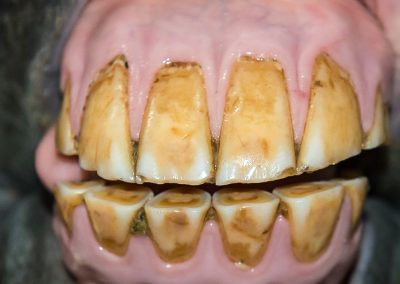
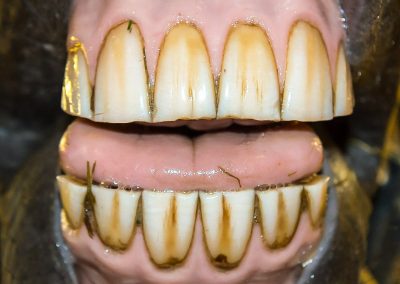

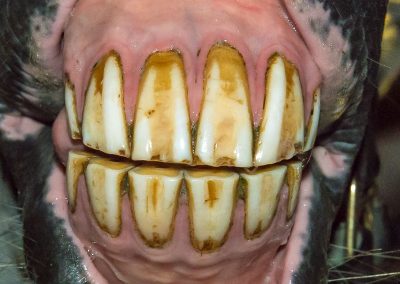
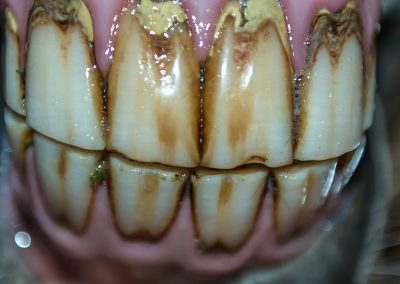
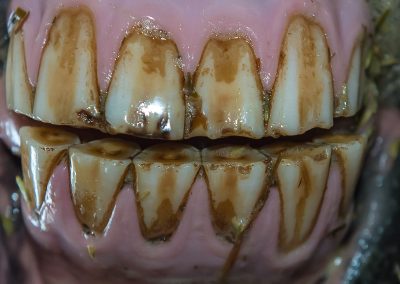

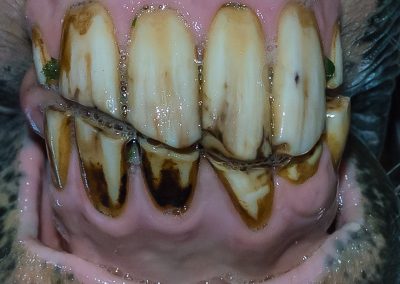
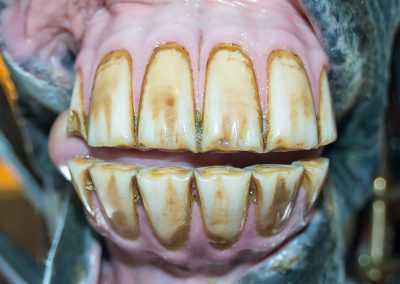
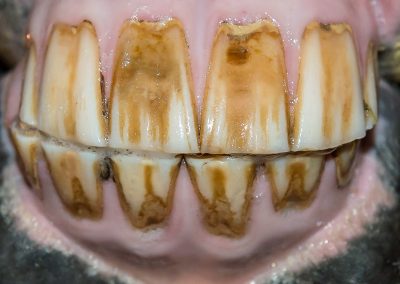
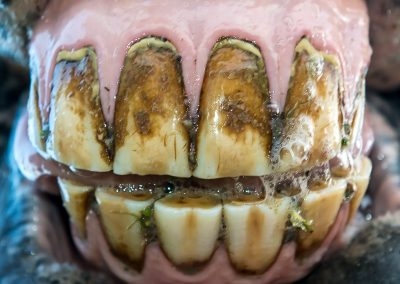

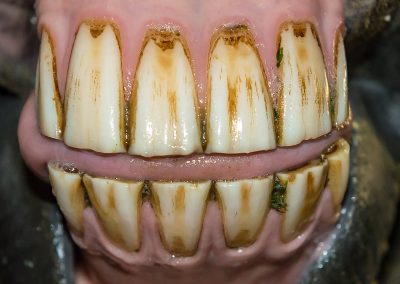
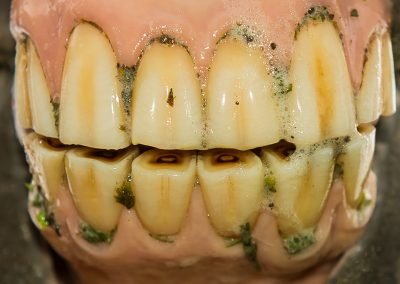
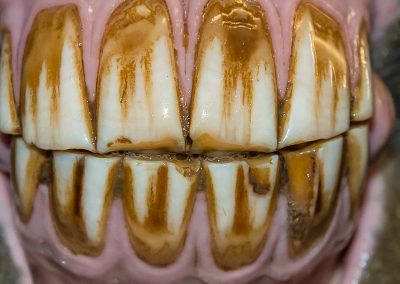
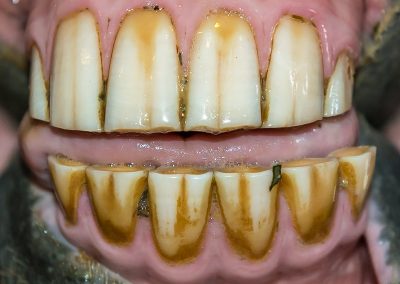
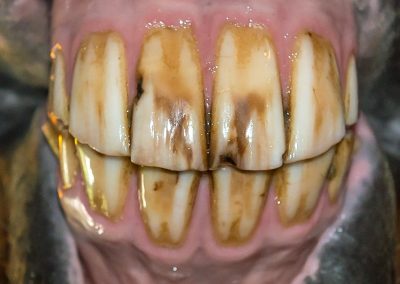
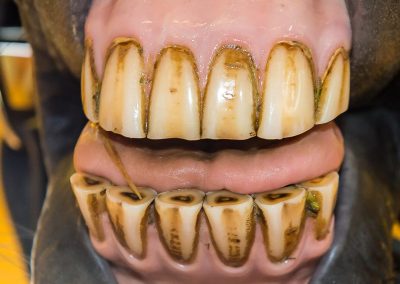

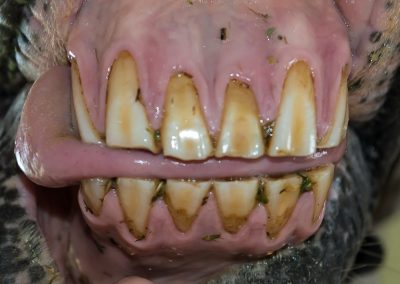

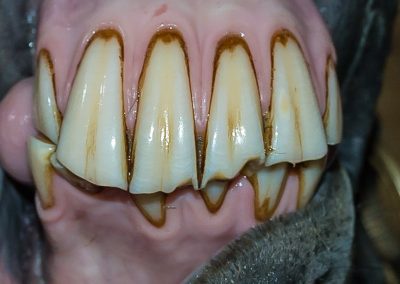
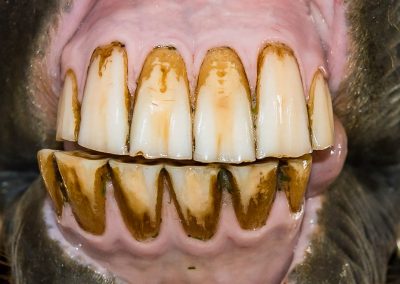
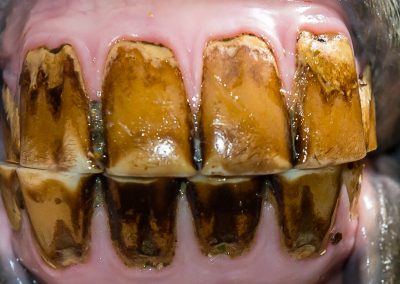
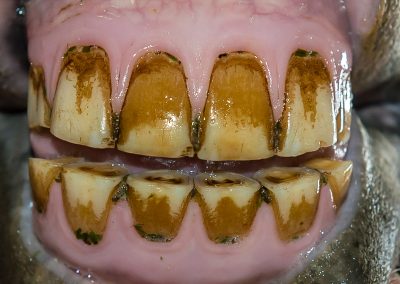
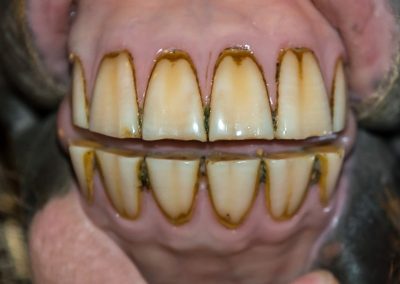
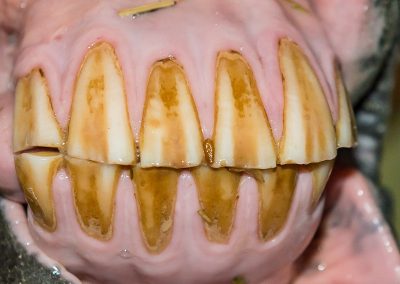
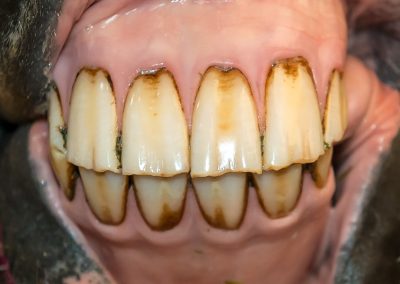
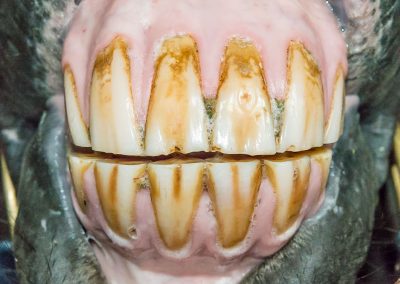
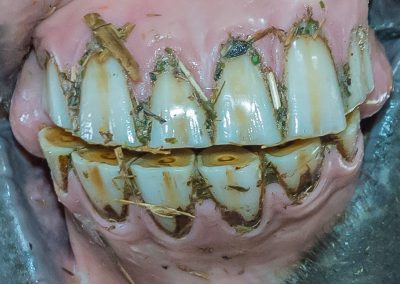
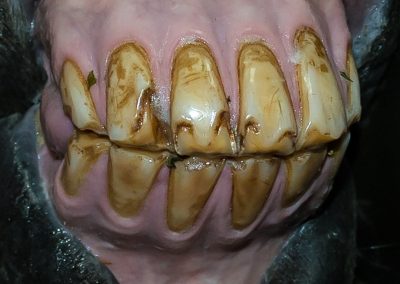
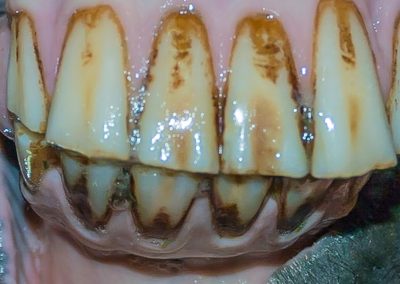
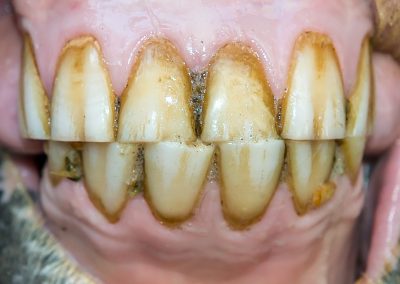
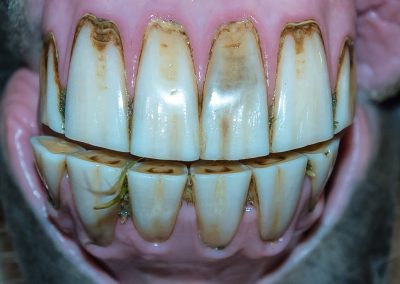
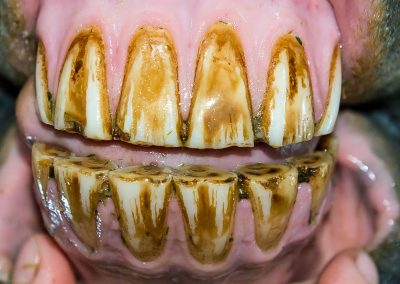
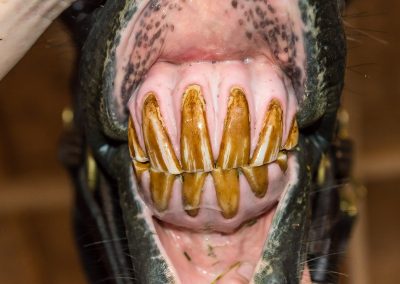
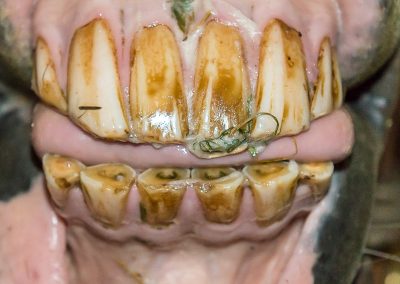
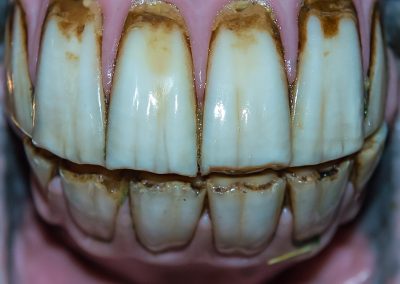
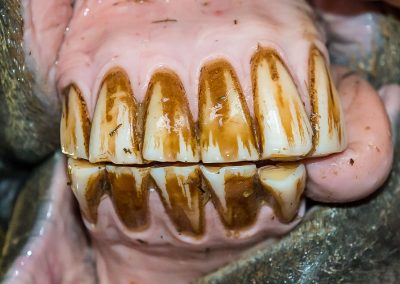
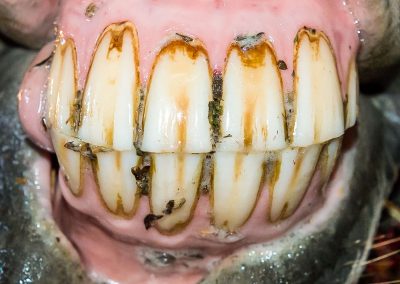
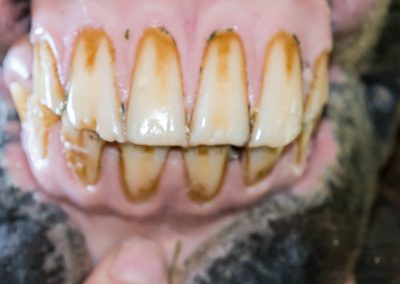
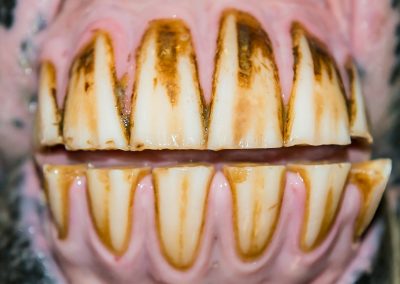
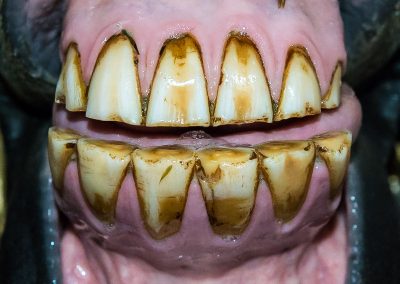
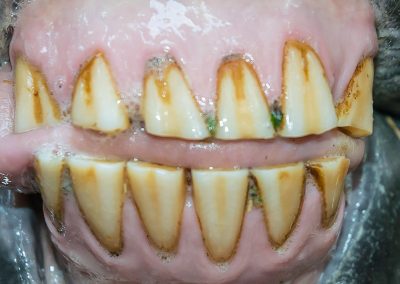
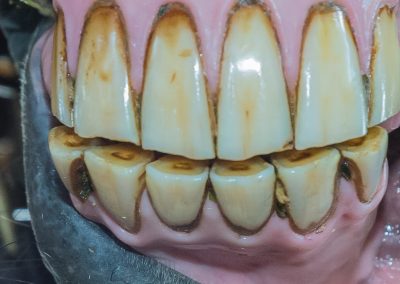


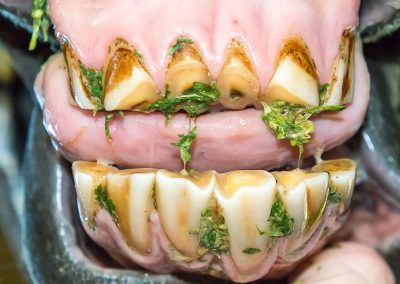
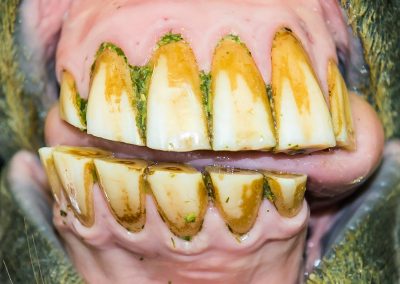
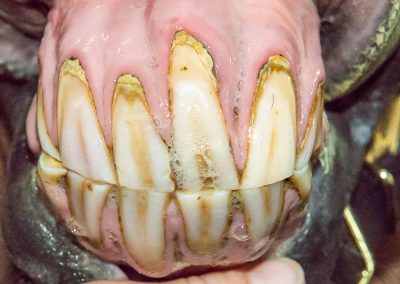
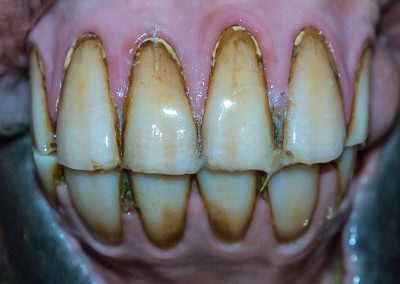
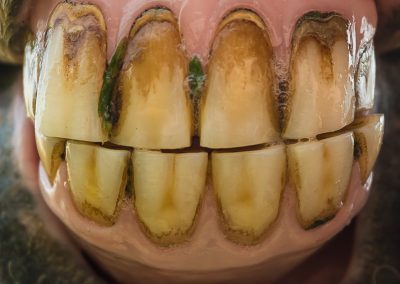
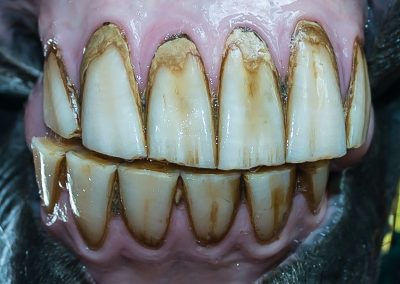
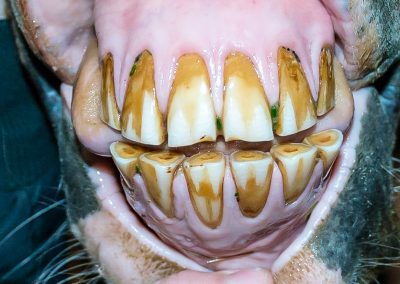
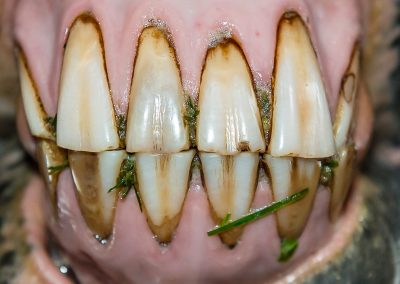

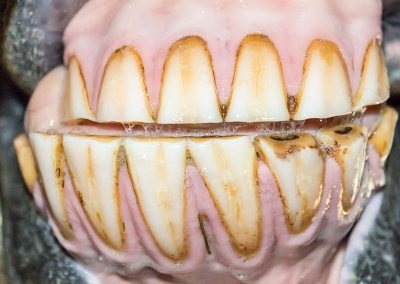
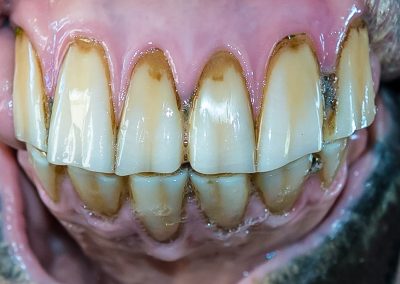
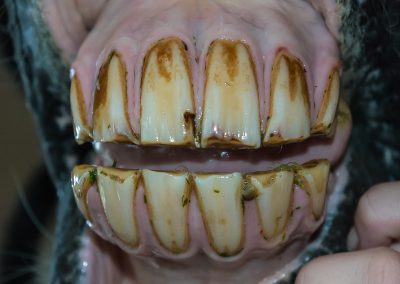
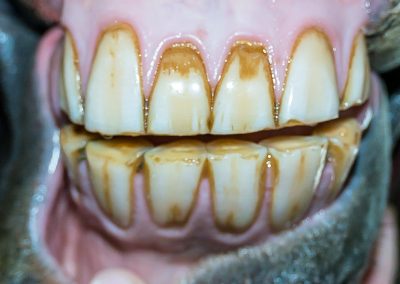
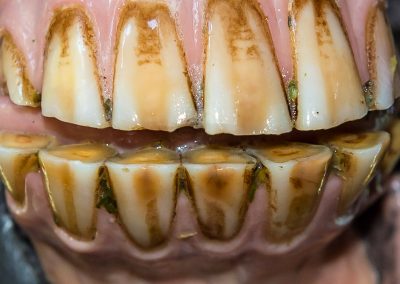
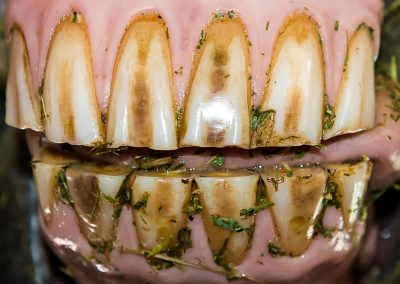
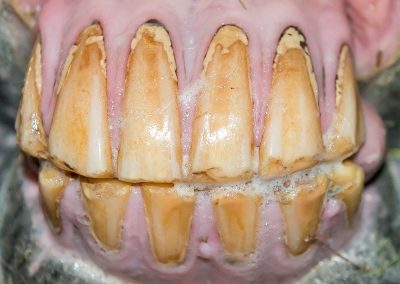
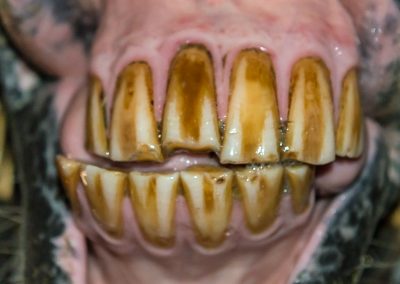
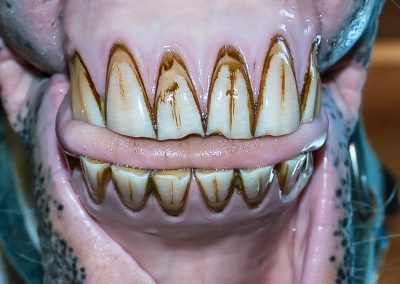
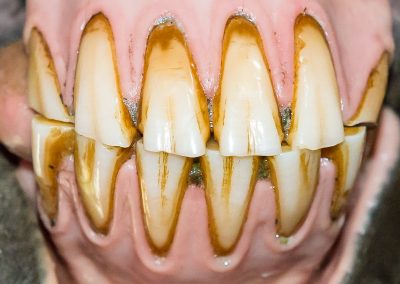
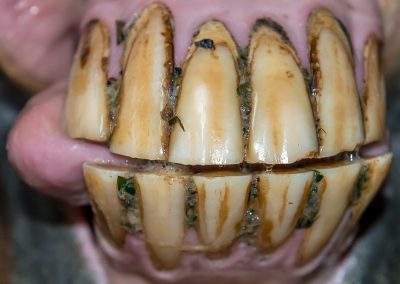
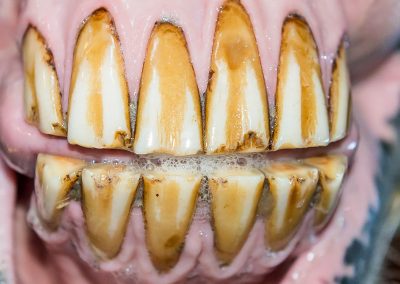
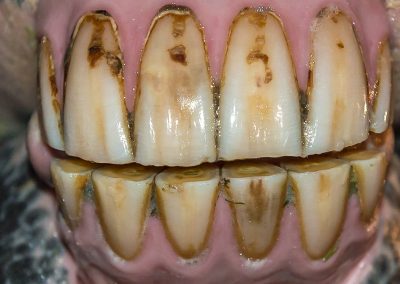

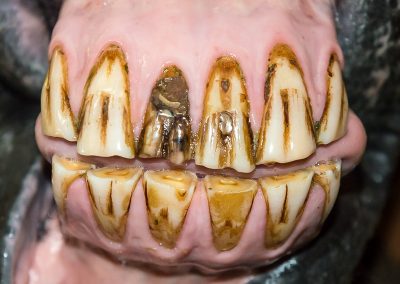
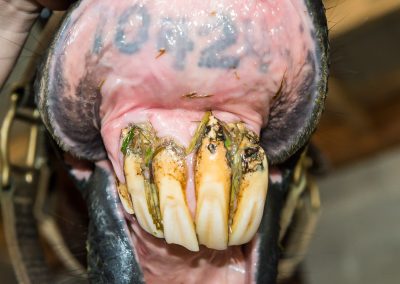
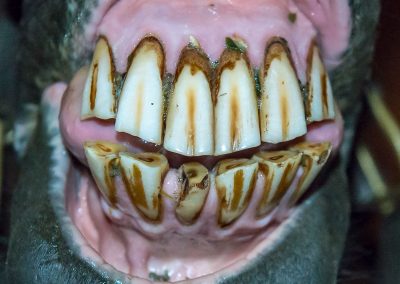
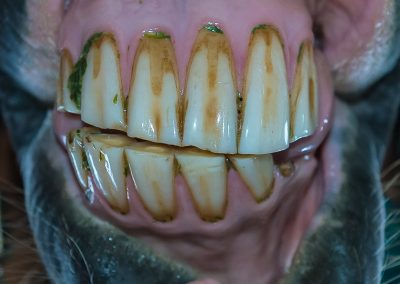
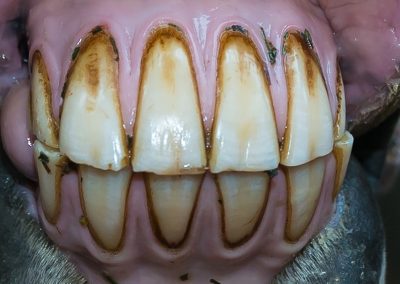

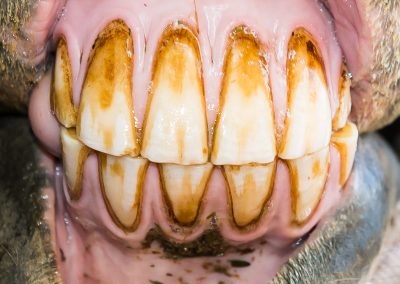
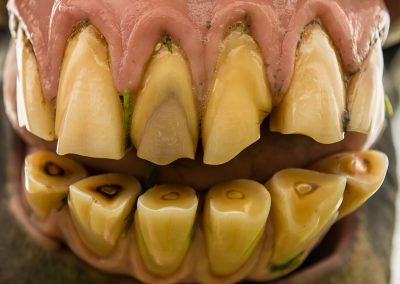
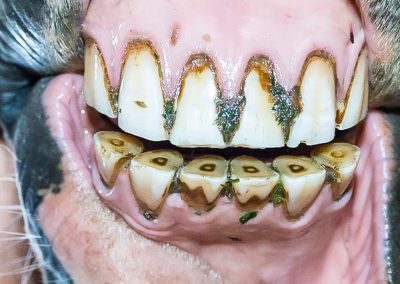
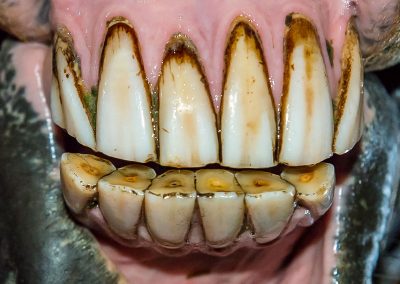
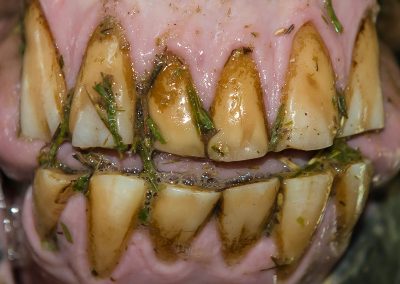
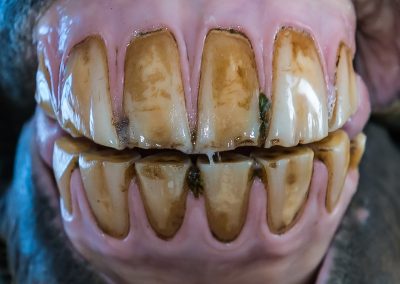
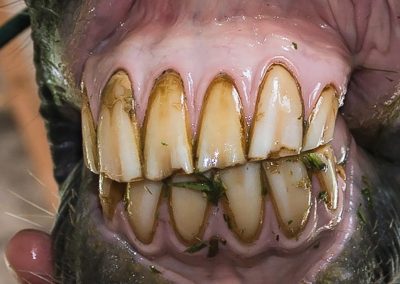
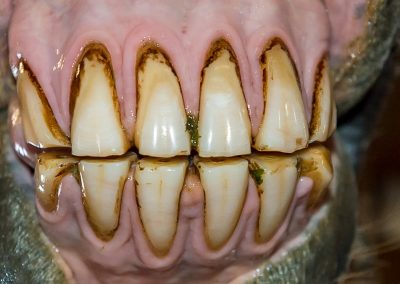
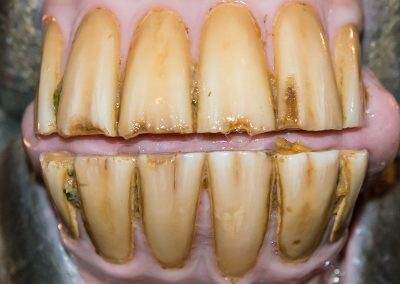
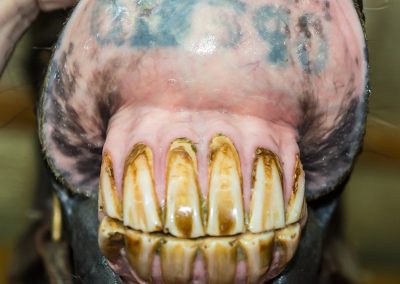
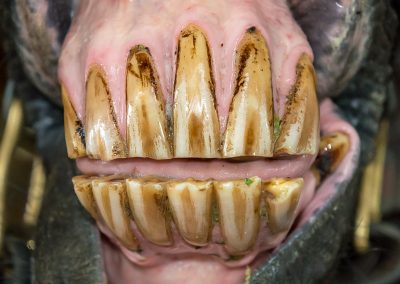

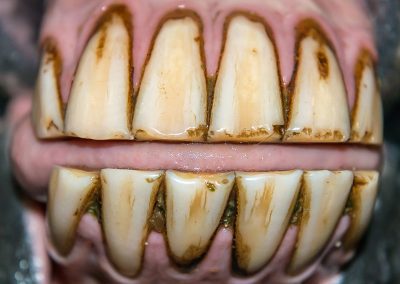

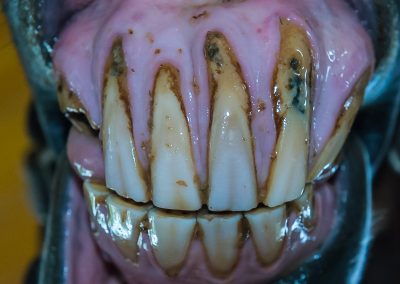

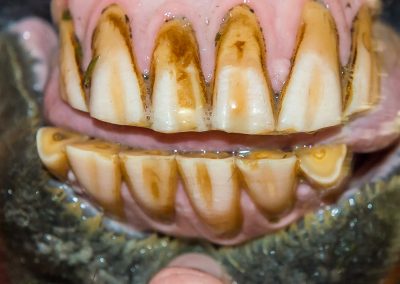



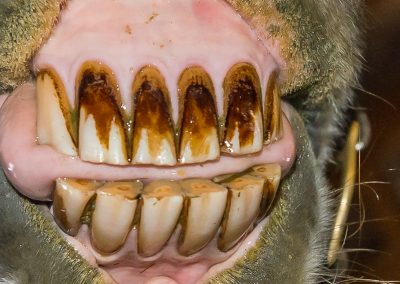
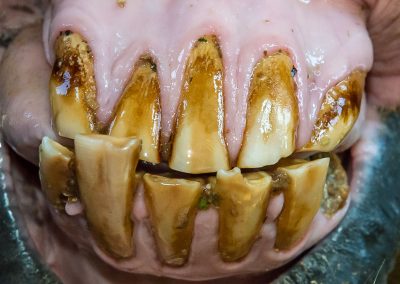
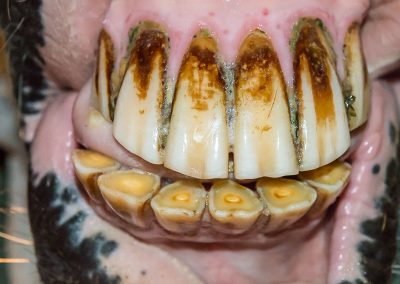
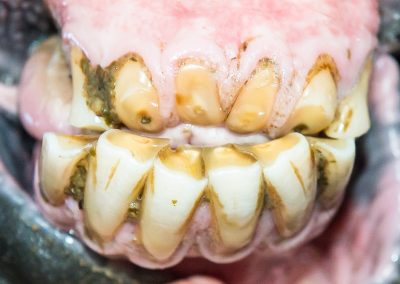
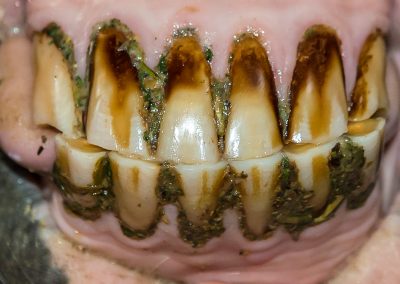
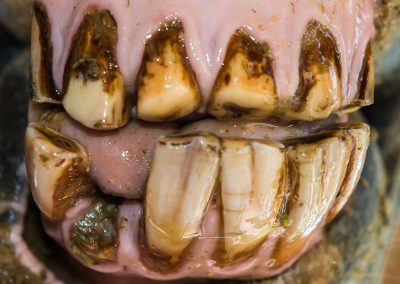
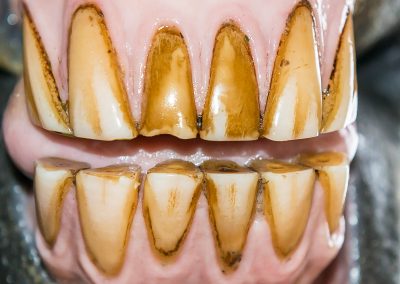
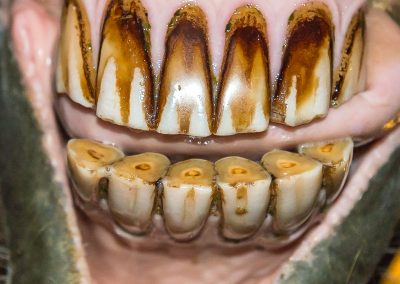

Responses